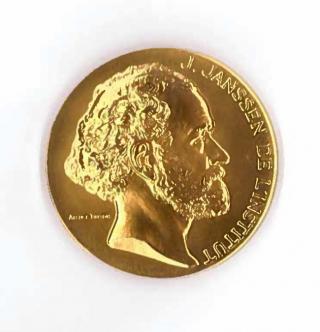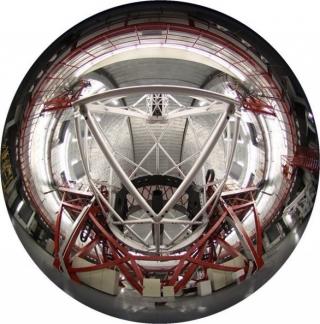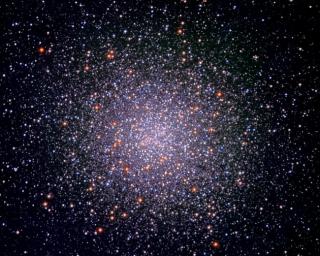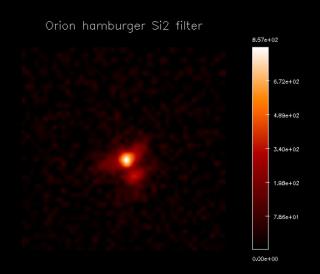
The final meeting of the European DAGAL network will be coordinated by the IAC in the context of this international meeting
Advertised on
This section includes scientific and technological news from the IAC and its Observatories, as well as press releases on scientific and technological results, astronomical events, educational projects, outreach activities and institutional events.





